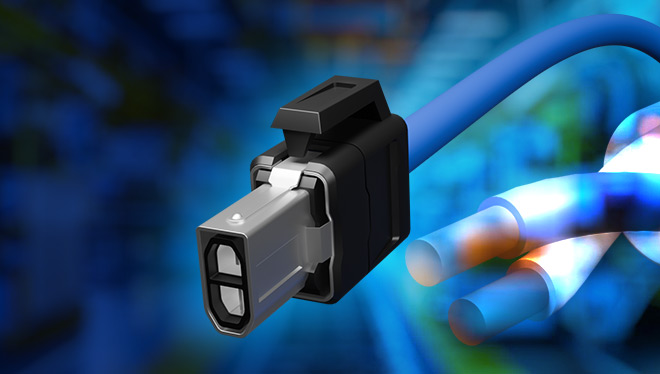ADI Signals+

INNOVATING FOR HUMANITY
Using the power of innovation to impact the world around us.
SIGNALS+ NEWSLETTER SUBSCRIPTION
Stay updated and leverage Signals+ latest insights, information and ideas on Connectivity, Digital Health, Electrification, and Smart Industry.
Thank you for subscribing to ADI Signals+. A confirmation email has been sent to your inbox.
You'll soon receive timely updates on all the breakthrough technologies impacting human lives across the globe. Enjoy!
Close Article
Article
SVS: Moving from Analog to Digital Signal Processing with SigmaStudio
December 15, 2025
 Article
Article
Intelligence and Visibility at the Edge of the Energy Grid
December 10, 2025
 Article
Article
A2B 2.0: Upgraded Audio Elevates the Car to a Third Space
November 17, 2025
 Article
Article
Ecophi’s AI-Powered Substation Automation Tackles a Grid Under Pressure
November 14, 2025
 Article
Article
No More Finger Sticks: How A Continuous Glucose Monitor (CGM) Transforms Lives
October 28, 2025
 Article
Article
Single-Pair Ethernet Revolution: Engineering with Purpose, Innovating for Impact
October 22, 2025
 Article
Article
Driving 5G Energy Efficiency with Edge AI and Digital Predistortion
September 30, 2025
 Article
Article
IDUN In-Ear EEG: An Advanced Smart Watch for the Brain
September 02, 2025
 Video
Video
The Future of In-Car Customization
July 31, 2025
 Video
Video
Building Industry Resiliency and Accelerated EV Adoption
July 31, 2025
 Article
Article
Connect Tech: Driving Industrial Autonomy Through Advanced GMSL Connectivity
July 29, 2025
 Article
Article
The First Made-in-India 4G/5G Wireless Communications Network
May 08, 2025
 Article
Article
Clinical-Grade Technology Drives the Hospital at Home Revolution
April 10, 2025
 Article
Article
Varjo: Advancing Breakthroughs with Mixed Reality Technology
March 31, 2025
 Article
Article
Togg: Transforming the Smart Vehicle into a Smart Device
March 19, 2025
 Article
Article
Unlock Flexible Manufacturing With Intelligent Edge Solutions
February 26, 2025